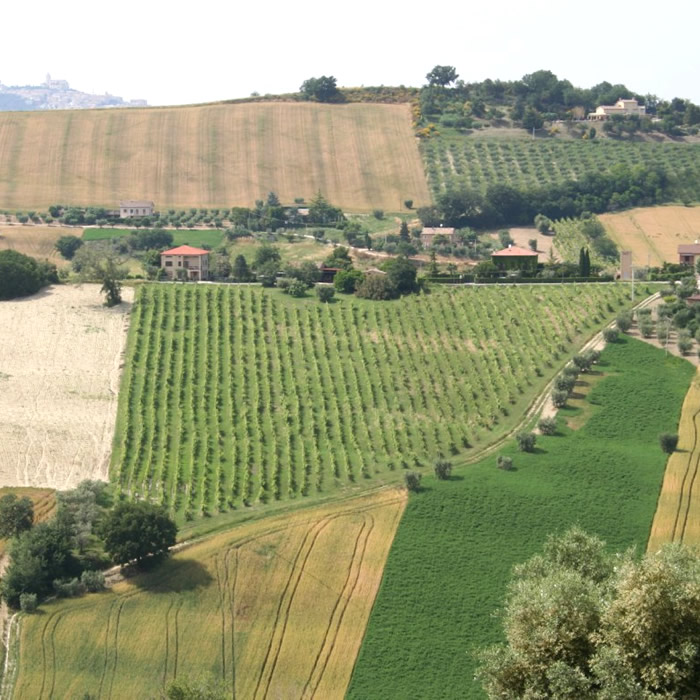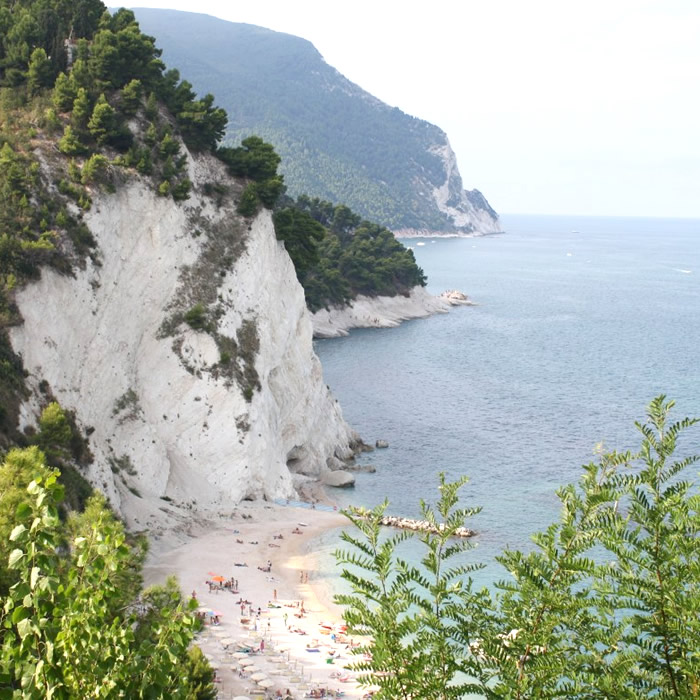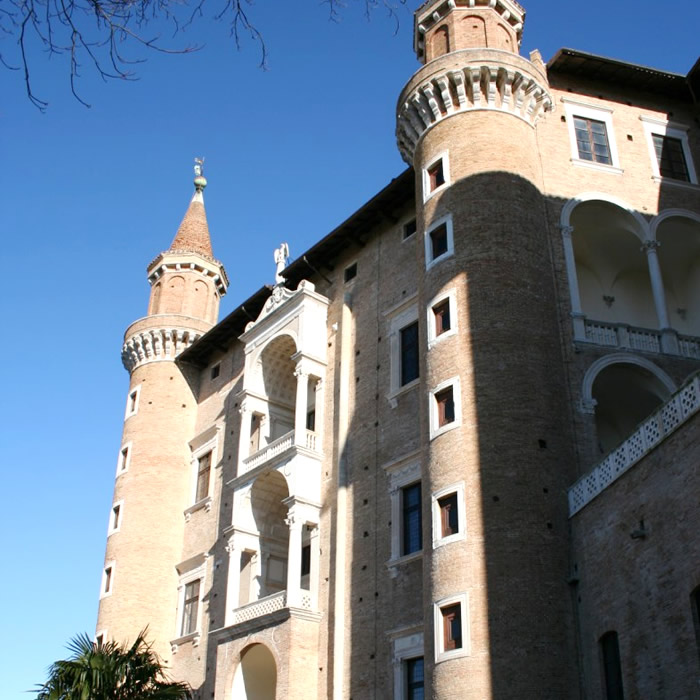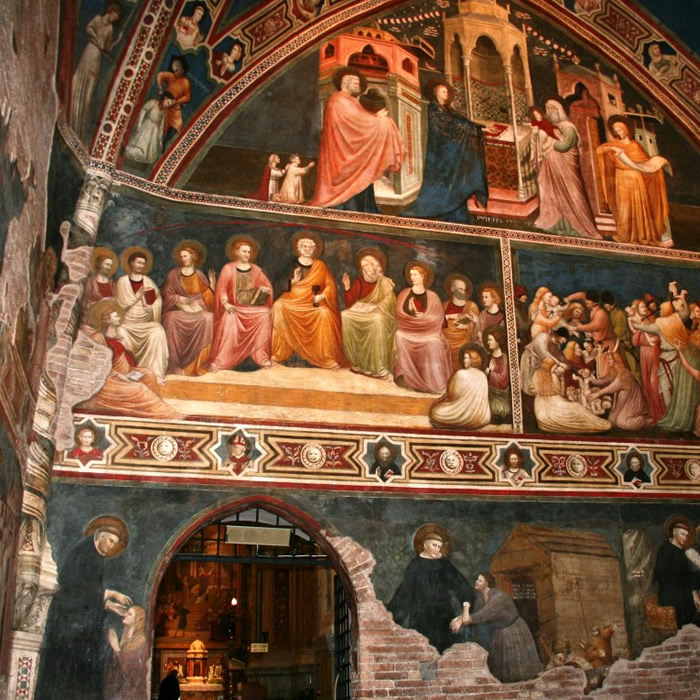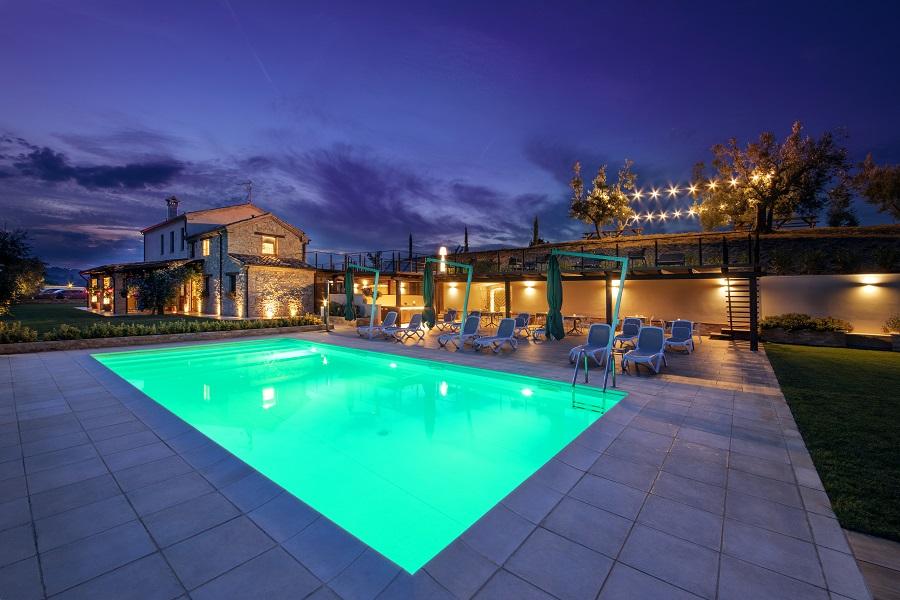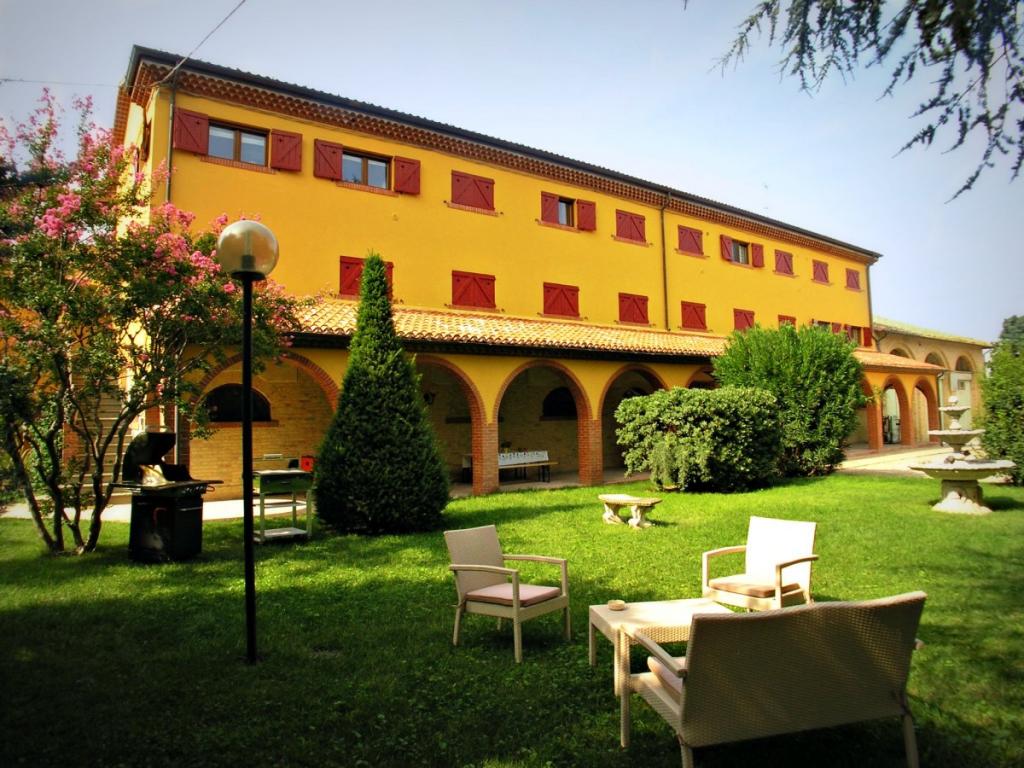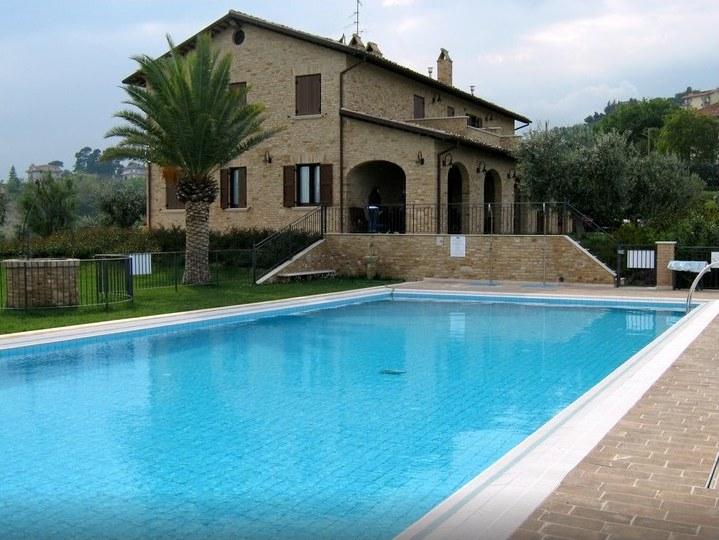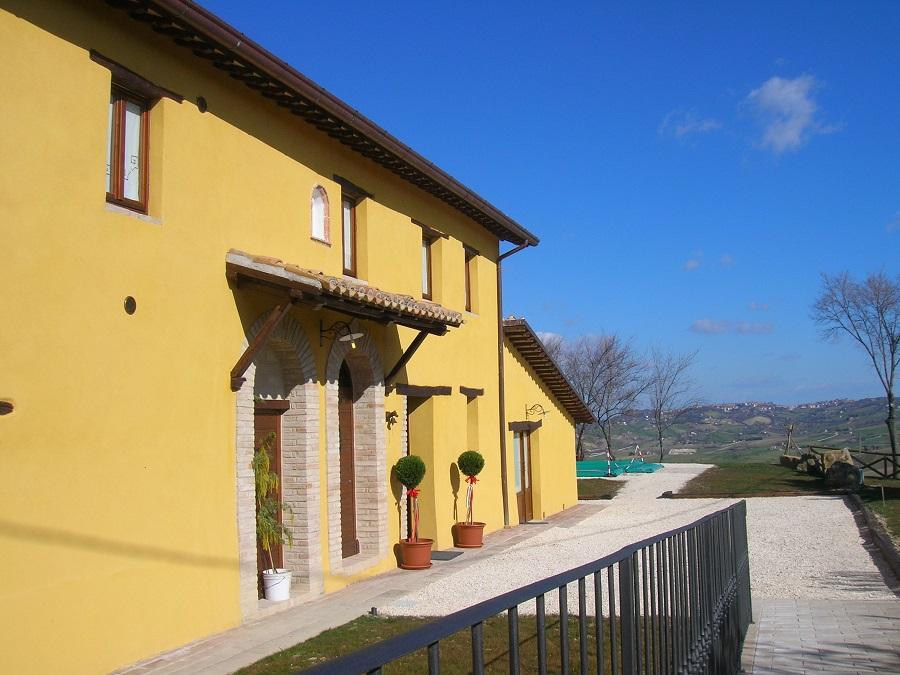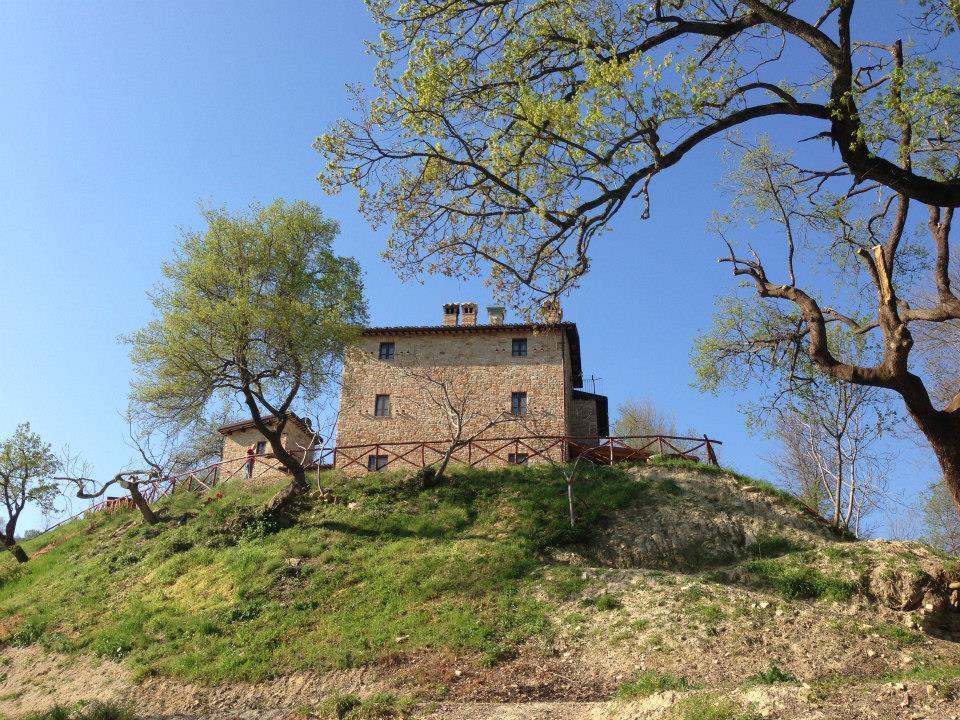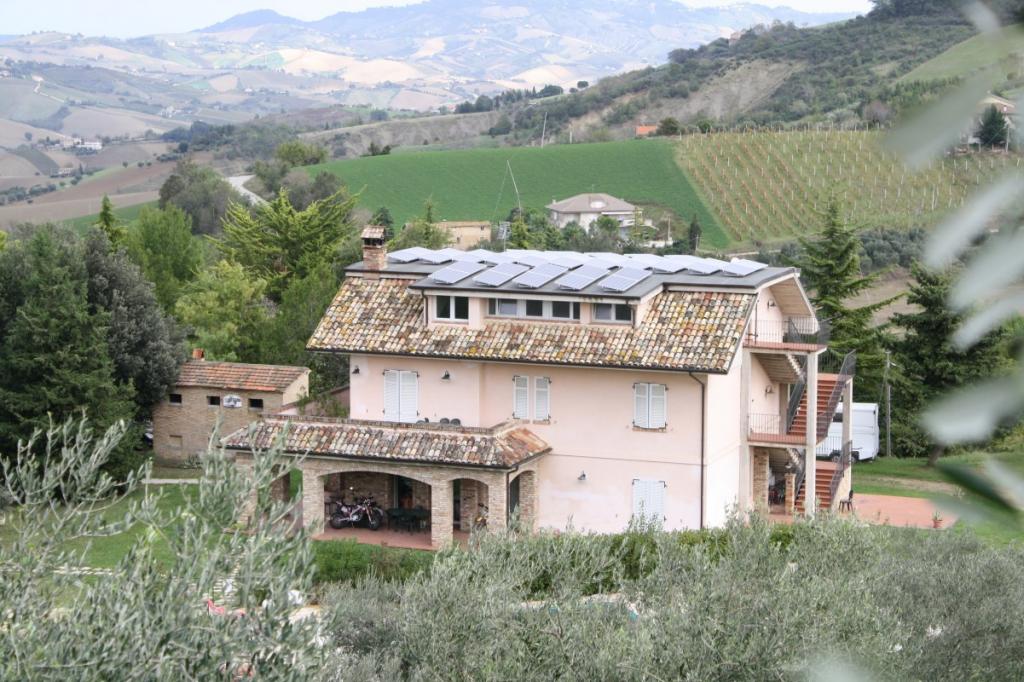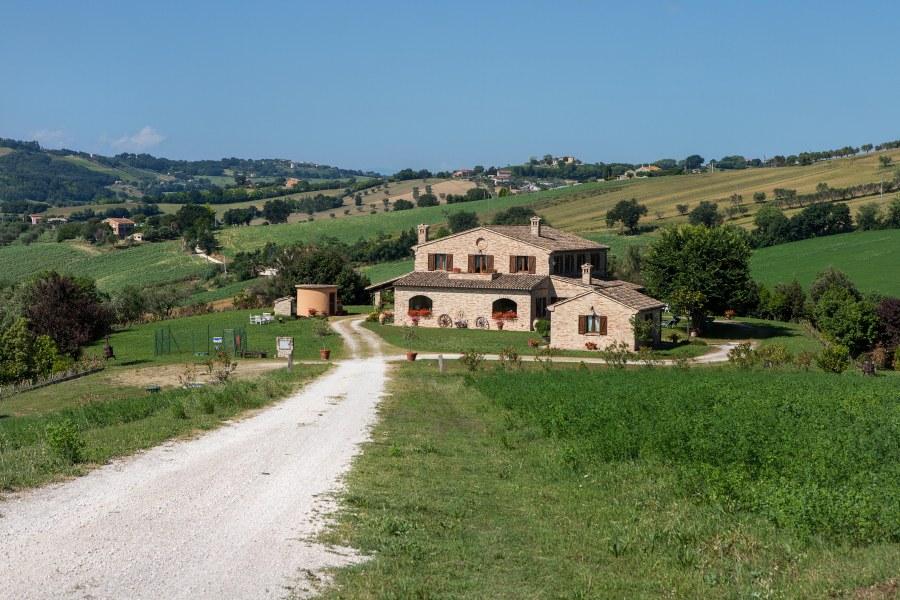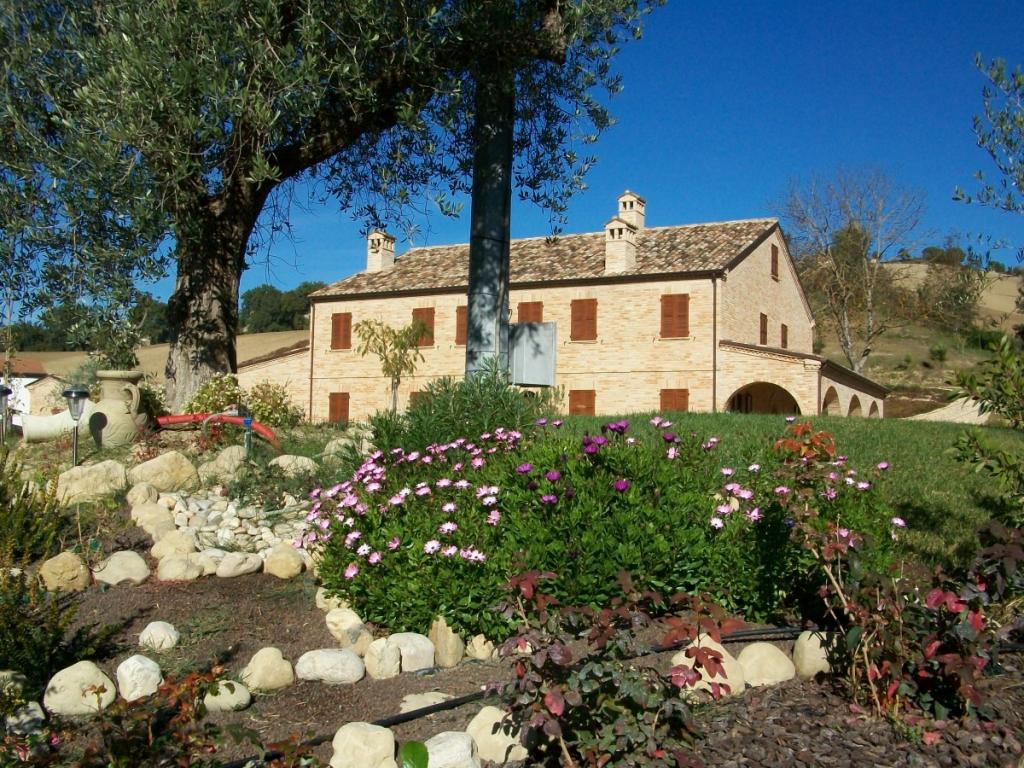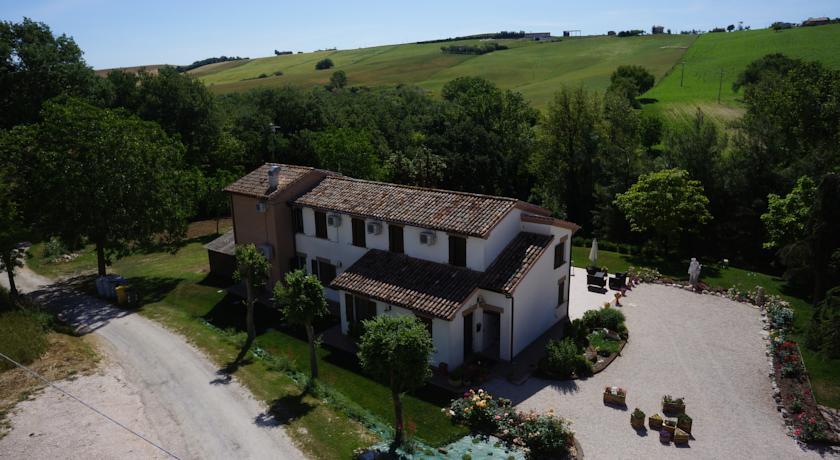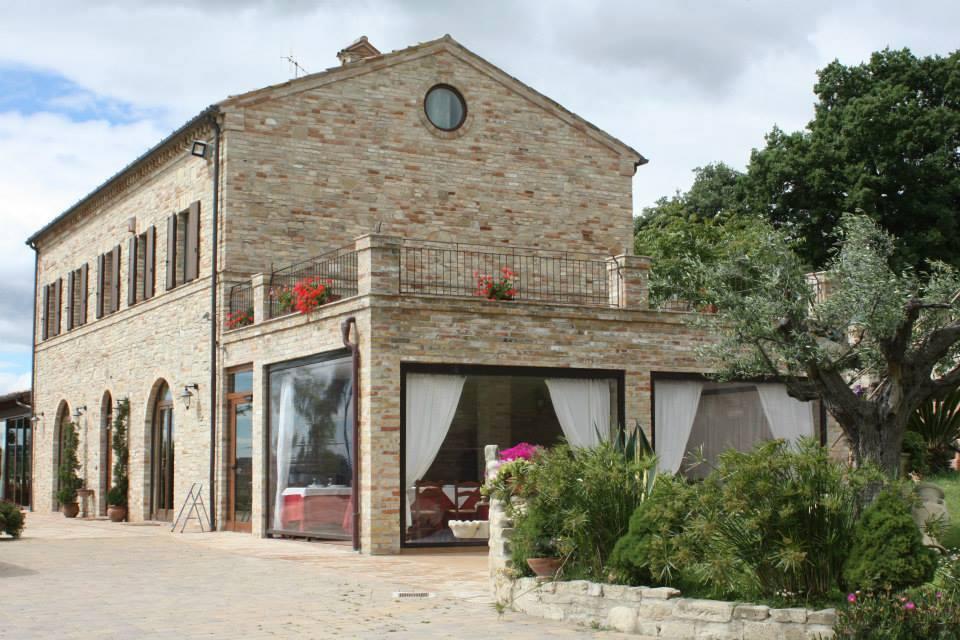Although the region does not possess its own distinct artistic physiognomy, it occupies a prominent place in the framework of Italian art.
Conspicuous Roman remains are scattered throughout the Marche region (Ascoli; Firm; Urbisaglia; Falerone; Helvia Ricina near Macerata); The Arch of Augustus in Fano and the Arch of Trajan in Ancona have come down to us almost intact.
The construction activity during the Romanesque period (XI-XIII centuries) was noteworthy: among the most significant churches, where there is often a fusion of Lombard and Byzantine elements, we must remember S. Maria di Portonovo near Ancona, S. Maria a Pie’ di Chienti, S. Vittore delle Chiuse, S. Claudio al Chienti, S. Maria di Rambona, S. Ciriaco di Ancona, the Cathedral and the parish church of S. Leo, the baptistery of Ascoli, as well as civil buildings in Ascoli, Ancona and elsewhere.
The Gothic period (XIII-XV century), during which Venetian influences gradually predominated, was also fruitful: among the buildings stand out S. Francesco di Ascoli, S. Nicola di Tolentino, which contains a remarkable cycle of frescoes of the Rimini school of the 1300s, and the works of Giorgio Orsini from Šibenik to Ancona.
The Renaissance marks the pinnacle of art in the Marche region. The activity was particularly concentrated in Urbino around the splendid Doge’s Palace and in Loreto in the basilica of the Holy House, attracting famous architects (Luciano Laurana; Baccio Pontelli; Francesco di Giorgio Martini; the Sangallo etc.), sculptors (A. Sansovino) and painters (Piero della Francesca, Melozzo, Signorelli, the Vivarini, Giusto di Gand); other notable buildings stood in Pesaro (Palazzo Ducale, rocca, Villa dell’Imperiale), in Jesi (Palazzo della Signoria), in S. Leo (rocca) and in numerous localities. At the beginning of the 1400s, a local school of painting was formed (Gentile da Fabriano; the Salimbeni, etc.), which then merged with the Umbrian one, while numerous works by Venetian artists also flowed in (C. Crivelli; Giovanni Bellini; Lot; Titian).
Two great geniuses then gave the region to Italian art: Bramante and Raphael. Finally, it is worth mentioning the magnificent products of the minor arts, and especially the majolica that reached its maximum splendour in Castel Durante (today’s Urbania), Urbino and Pesaro. From the Baroque period onwards the region lived in the reflection of Rome. (Notes taken from the “Guida rapida d’Italia” of the Italian Touring Club, 1986 edition)

